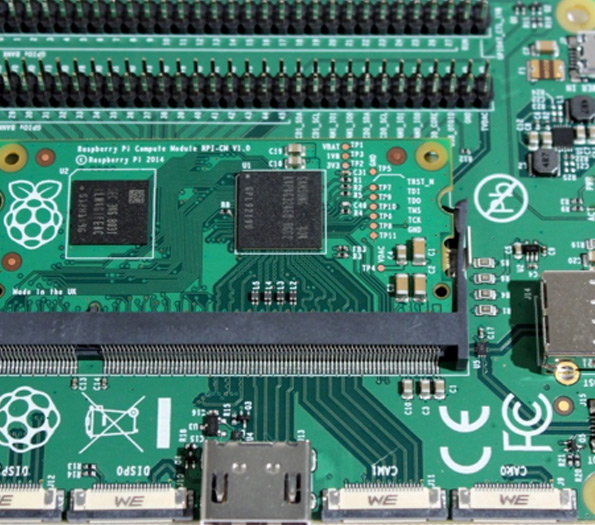

The Beauty and Utility of Blue Float Glass
Blue float glass is an exceptional material that has gained popularity in architectural design, interior decor, and various industrial applications. Known for its striking appearance and practical benefits, blue float glass combines aesthetic appeal with functional versatility.
What is Float Glass?
Float glass is a type of flat glass that is made using the float process, where molten glass is floated on top of molten tin to create a smooth and uniform surface. This method not only ensures the clarity and quality of the glass but also allows for the production of various colors, including blue. The blue hue is usually achieved by adding metal oxides during the manufacturing process, which creates a rich, deep color that can range from pale azure to a bold cobalt shade.
Aesthetic Appeal
One of the most notable features of blue float glass is its captivating beauty. The color blue is often associated with tranquility, peace, and calmness, making it a popular choice for spaces designed for relaxation, such as homes, offices, and wellness centers. Its visual impact can transform an ordinary environment into a serene oasis. Additionally, blue float glass can be used creatively in various design elements, from large windows that offer stunning views to decorative panels and partitions that enhance light and space.
When utilized in architectural applications, blue float glass can reflect other natural elements, like sky and water, enhancing the overall aesthetic of the building. It is particularly popular in modern architecture where large glass façades are common, allowing for the seamless integration of indoor and outdoor spaces.
Functional Benefits

Beyond its beauty, blue float glass offers several functional advantages. It provides excellent thermal insulation, helping to regulate indoor temperatures and reduce energy costs. This is particularly beneficial in regions with extreme weather conditions, where controlling temperature and energy efficiency is crucial.
Additionally, blue float glass can help to minimize glare and reduce harmful UV rays, making it a smart choice for residential and commercial buildings
. The glass can filter out excessive sunlight, creating a more comfortable environment while protecting indoor furnishings from fading.The durability of blue float glass also adds to its appeal. It is resistant to scratches and impacts, making it suitable for high-traffic areas. When properly treated, it can also fulfill safety requirements, ensuring that it can withstand various environmental challenges.
Applications
The applications of blue float glass are numerous and varied. In architecture, it is commonly used for windows, curtain walls, and glass doors. Its aesthetic qualities make it a favorite among designers and architects looking to create innovative and visually impactful structures.
In interior design, blue float glass is often used in furniture design, such as tabletops and shelving units, as well as in decorative elements like mirrors, light fixtures, and art installations. Retail spaces also utilize blue glass for displays and store exteriors, attracting customers with its vibrant color and contemporary look.
Conclusion
In summary, blue float glass is more than just a beautiful material; it embodies a perfect blend of aesthetics and functionality. Its appealing color, combined with its practical benefits, makes it an ideal choice for a wide range of applications. As architects and designers continue to explore innovative ways to incorporate glass into their work, blue float glass is likely to remain a favored option for creating inspiring and inviting environments. Its unique charm and versatility ensure that it will continue to captivate and serve various industries for years to come.